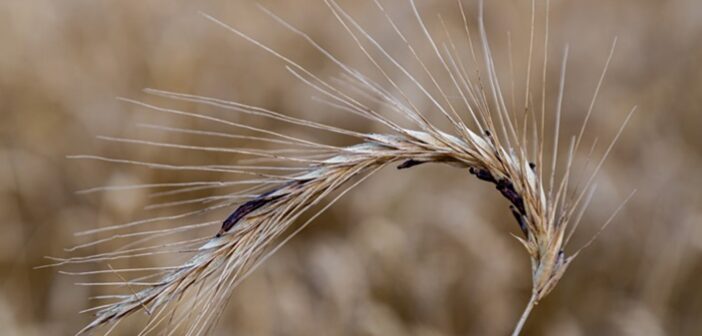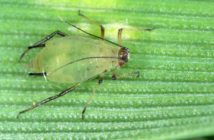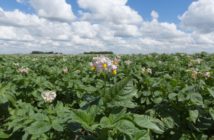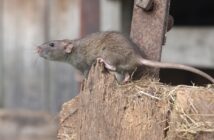With the support from the Ergot Working Group, the AHDB has revised its ergot management advice to help farmers reduce disease pressure, limit crop infection and keep clean grain clean.
The ADAS-led review appraised academic and non-academic (grey) sources and identified four key management strategies.
Ergot is a fungal pathogen (Claviceps purpurea) that can infect major UK cereals during flowering, causing hard, dark ergots to develop in place of grain. Ergot is highly toxic when ingested (by humans and livestock).
Current contractual limits for ergot by weight for feed grain and zero tolerance for all other grain could be tightened. In 2022, the EU implemented stricter levels for specific cereals and products traded in the EU (including Northern Ireland), which introduced maximum levels (MLs) for ergot alkaloids for the first time. Adoption into UK law is being considered.
As alkaloids can be detected in grain with no visible ergot symptoms, they provide a tougher test for grain quality.
Joe Brennan, UKFM Head of Technical, says: “The AHDB contaminants-monitoring project shows that ergot alkaloid levels in UK cereals are generally very low, but spikes are seen in some cereal samples in some years.
“Ergot is adding costs across the cereal supply chain and contributing to food waste. Adopting efficient approaches to tackle ergot at source is crucial to reduce these costs and enhance food safety.”
higher-impact interventions
- Reduce initial inoculum
Higher-impact interventions cover the strategic use of cultivations and drilling high-quality, clean seed (whether certified or home-saved). Cultivations should aim to bury ergots to at least 5 cm for at least one year. Although ploughing is best for burial, any cultivation is more effective than direct drilling.
- Reduce infection risk
Higher-impact interventions include rotational adaptations, such as growing a non-cereal crop or a less susceptible cereal crop (in order of decreasing susceptibility: rye, triticale, wheat, barley and oats). Although information on varietal risk is limited, higher risk is associated with varieties that are open-flowering, flower for longer or produce more late tillers.
- Reduce secondary spread
Ergot affects a wide range of grass species, including black-grass. As black-grass flowers earlier than cereals, it is a key target for management. The higher-impact interventions are based on integrated weed management approaches to reduce grass-weed pressures.
- Reduce contamination
Higher-impact interventions require careful management of high-risk fields or areas (such as headlands and tramlines) and grass margins. It is particularly important to harvest infected areas separately and segregate contaminated grain from other grain. Although it is possible to clean grain to some degree, it is not always completely effective, especially as some ergot fragments are extremely small.
Kristina Grenz, AHDB Senior cereal product quality scientist (contaminants), adds: “The ergot management interventions will need careful integration in production systems, especially to deal with competing objectives, such as the use of reduced tillage or ergot-susceptible grass species in field margins. The strengthened guidance will help farmers balance decisions in view of the risks and the opportunities.”
To see the full list of interventions, which also covers valuable moderate- and lower-impact approaches, visit: https://ahdb.org.uk/knowledge-library/management-of-ergot-in-cereal-crops




